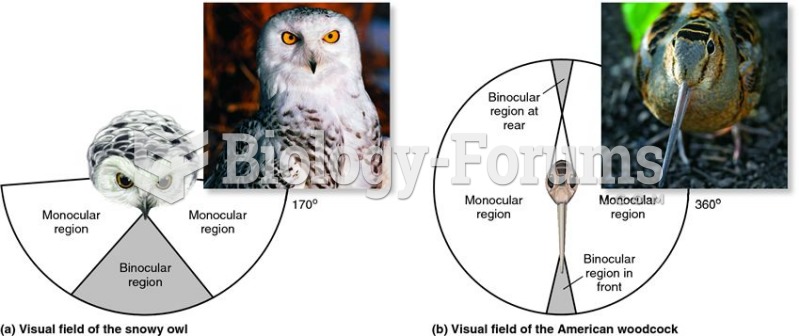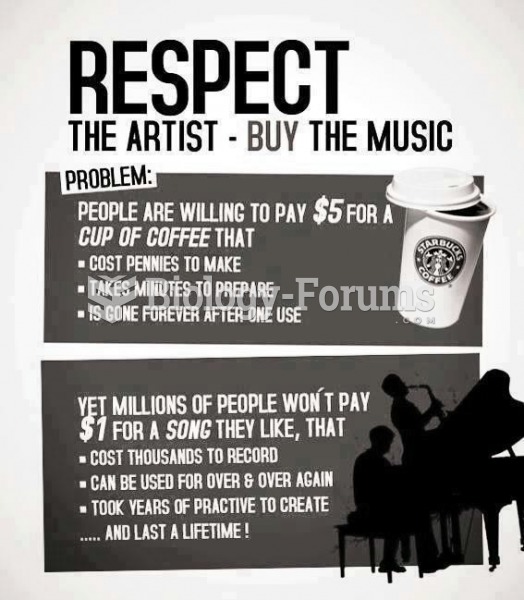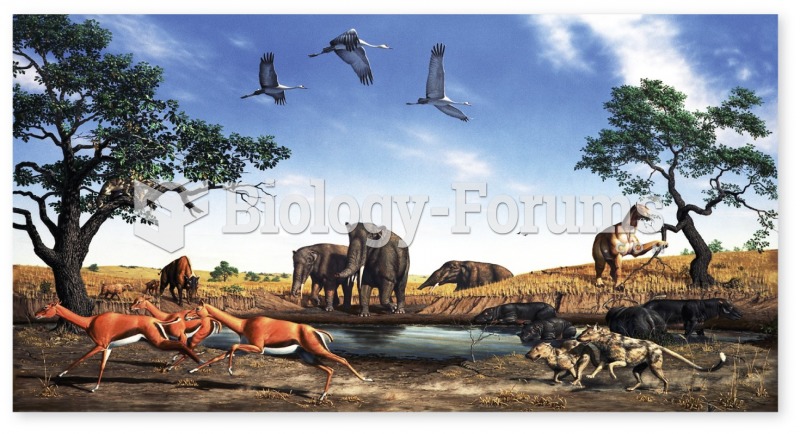Answer to Question 1
Many of the buildings we see today would be impossible to design without the aid of computers. Since the 1960s, architects have made use of advanced three-dimensional modeling tools and sophisticated animation software. Contemporary technology has generated a futuristic vocabulary of folded, splintered, tilted, and boldly curved shapes that contrast with the well-defined axes, sharp edges, and clearly bounded space of older building styles. Contemporary architects, such as Zaha Hadid, produce inventive designs that incorporate fluid forms in a dynamic curvilinearity.
It would be impossible to overstate the impact that digital technology has had on global musical composition and performance. Analogue electronics have enabled amplified music, leading to the whole genre of rock and roll. Today, musical instruments can be manipulated by computers and, indeed, computers themselves have become musical instruments. Digital technology has allowed musicians to produce music in their bedrooms and connect with fans from across the world, without need for any recording labels.
Answer to Question 2
The Internet, plane travel, and teleconferencing have enabled artists to work from anywhere in the world. Further, digital technology has connected artists with a larger audience and allowed the two to be in direct contact. Megasurveys and art fairs held regularly in Venice, Shanghai, Miami, and elsewhere invite the exchange of ideas and stimulate a vigorous multimillion-dollar commercial art market. The arts have become vehicles for global activism and for the expression of universally shared experience.
Artists in one part of the world can be influenced by the work of an artist on the opposite side of the globe. For example, many Chinese artists, trained in China's Central Academy, have had the opportunity to explore the major styles and techniques of their Western contemporaries, through international travel and mass electronic communication. When China hosted the 2008 Olympic Games, the architectural projects involved multinational participation and cooperation: the extraordinary Beijing airportnow the largest in the worldwas the brainchild of the British architect Norman Foster; the National Stadium was designed by the Swiss architects Jacques Herzog and Pierre de Meuron in collaboration with Ai Weiwei; and the Aquatic Center was designed and built by a consortium of Australian architects and Chinese engineers.
Music as well, has been transformed by cultural interdependence and the willful fusion of disparate musical traditions. The influence of Arabic chant, Indian ragas, and Latino beat is evident in both jazz and classical music. Cuban brass punctuates contemporary rock, shimmering Asian drones propel New Age music. Yo-Yo Ma's Silk Road Project involves the exchange of Western musical traditions with those of the ancient Silk Road, producing music that integrates radically different compositional forms, instruments, and performance styles.
Answer to Question 3
Globalism, owing much to the worldwide connectivity made possible by the Internet, has become the new model or paradigm for the contemporary world. Although globalism can result in a homogenized culture, its inevitability offers a new, level playing field to all who choose to compete in the international marketplace.
Even so, many regions of the world have trouble balancing the effects globalism with their own unique ethnic and culture identities. In his short story Dead Men's Path, Chinua Achebe examines the warp between premodern and modern traditions and the ongoing bicultural conflicts that plague many parts of Africa. At the same time, he probes the elusive, more universal tension between tradition and innovation, between spiritual and secular allegiance, and between faith and reasonpolarities that continue to test human values in our time. The sculptures of the Ghanaian artist El Anatsui also reveal the intersection of traditional and contemporary African themes. Vibrant in color and complex in their patterns, El Anatsui's textiles have come to be associated with a pan-African identity, a unique response to globalism.
Writers, such as the Native American Marmon Silko and Chinese-American Maxine Hong Kingston, reflect on how to maintain ethnic identity amidst an increasingly homogenized global culture. Dominican-American Junot Diaz has given voice to personal problems of adjustment in America's ethnic mosaic, and to the ways in which language and customs provide a vital sense of ethnic identity.







